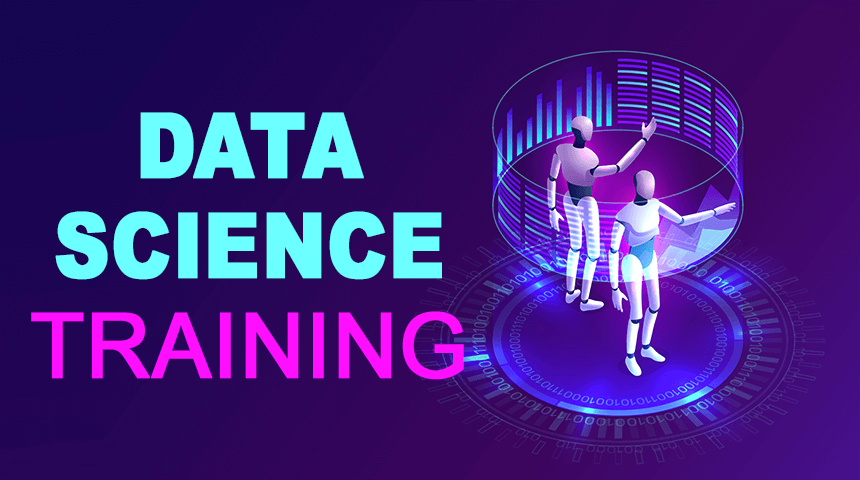Introduction In the realm of data science, statistics forms the bedrock upon which actionable insights and informed decisions are built. It provide
Introduction
In the realm of data science, statistics forms the bedrock upon which actionable insights and informed decisions are built. It provides the framework to understand data, derive meaningful patterns, and make reliable predictions. This article delves into the essential principles of statistics as they apply to data science, exploring how statistical methods empower analysts and data scientists to extract valuable knowledge from complex datasets.
1. Why Statistics is Crucial in Data Science
Statistics is the science of collecting, analyzing, interpreting, presenting, and organizing data. In the context of data science, it serves several critical purposes:
- Descriptive Statistics: Describing and summarizing data through measures like mean, median, mode, and variance.
- Inferential Statistics: Making inferences and predictions about a population based on sample data.
- Probability Theory: Understanding the likelihood of events occurring, essential for predictive modeling.
- Hypothesis Testing: Evaluating hypotheses and drawing conclusions from data with statistical significance.
Statistics enables data scientists to uncover hidden patterns, relationships, and trends that drive business decisions, scientific discoveries, and societal insights.
2. Key Concepts in Statistics for Data Science
2.1. Probability Theory
Probability theory underpins much of statistical analysis in data science. It quantifies uncertainty and measures the likelihood of events occurring. Key concepts include:
- Probability Distributions: Normal distribution, binomial distribution, Poisson distribution, etc.
- Central Limit Theorem: States that the sampling distribution of the sample mean approaches a normal distribution as the sample size increases.
Understanding probability distributions helps in modeling and predicting outcomes based on data patterns.
2.2. Descriptive Statistics
Descriptive statistics summarize and organize data to make it understandable and interpretable. Key metrics include:
- Measures of Central Tendency: Mean, median, mode.
- Measures of Variability: Range, variance, standard deviation.
- Data Visualization: Histograms, box plots, scatter plots to visually represent data distributions and relationships.
Descriptive statistics provide initial insights into data characteristics before deeper analysis.
2.3. Inferential Statistics
Inferential statistics involves using sample data to make generalizations or predictions about a population. Techniques include:
- Estimation: Point estimation and interval estimation to estimate population parameters.
- Hypothesis Testing: Testing hypotheses about population parameters based on sample data, using methods like t-tests, ANOVA, chi-square tests.
Inferential statistics validates findings and draws conclusions beyond the observed data.
3. Applications of Statistics in Data Science
Statistics plays a crucial role across various domains within data science:
- Predictive Modeling: Building statistical models like linear regression, logistic regression, decision trees to predict outcomes based on historical data.
- Experimental Design: Designing experiments and A/B tests to evaluate hypotheses and optimize processes.
- Time Series Analysis: Analyzing time-dependent data to understand patterns and forecast future trends.
- Anomaly Detection: Using statistical methods to identify outliers and unusual patterns in data.
These applications illustrate how statistics transforms raw data into actionable insights and informs strategic decisions.
4. Challenges and Considerations
While statistics empowers data science, it also presents challenges:
- Data Quality: Statistical analyses are only as reliable as the quality of the data. Addressing missing data, outliers, and biases is crucial.
- Assumptions: Many statistical methods rely on certain assumptions (e.g., normality of data). Violating these assumptions can lead to misleading results.
- Interpretation: Proper interpretation of statistical findings requires domain expertise and contextual understanding.
Navigating these challenges ensures that statistical analyses contribute meaningfully to data-driven decision-making.
5. The Future of Statistics in Data Science
As data volumes continue to grow and technologies evolve, the role of statistics in data science will evolve as well:
- Big Data: Handling large-scale datasets requires scalable statistical methods and computational techniques.
- AI and Machine Learning: Integrating statistical principles with advanced machine learning algorithms enhances predictive accuracy and model interpretability.
- Ethical Considerations: Ethical use of statistics in data science involves transparency, fairness, and accountability in data-driven practices.
Statistics remains foundational in enabling data scientists to extract meaningful insights responsibly and ethically.
Conclusion
Statistics forms the backbone of data science, providing the tools and techniques to uncover patterns, make predictions, and drive decisions. From probability theory to inferential statistics, each concept plays a crucial role in analyzing data and deriving actionable insights. As data science continues to evolve, a strong foundation in statistics remains essential for harnessing the power of data to solve complex challenges across industries.
By understanding the principles outlined in this article, aspiring data scientists and professionals can effectively apply statistical methods to explore data, validate hypotheses, and contribute meaningfully to the field of data science. Whether pursuing a Data Science certification course in Gurgaon, Lucknow, Noida and other cities in India or anywhere else, mastering these statistical fundamentals equips individuals with the necessary skills to thrive in today’s data-driven world.
1 Other Usefull Links
- yplocal.com
- surfyourtown.com
- qavendors.com
- ambitiousancestors.com
- philsconcierge.com
- lawfirmreview.com
- ecodir.net
- fire-directory.com


COMMENTS